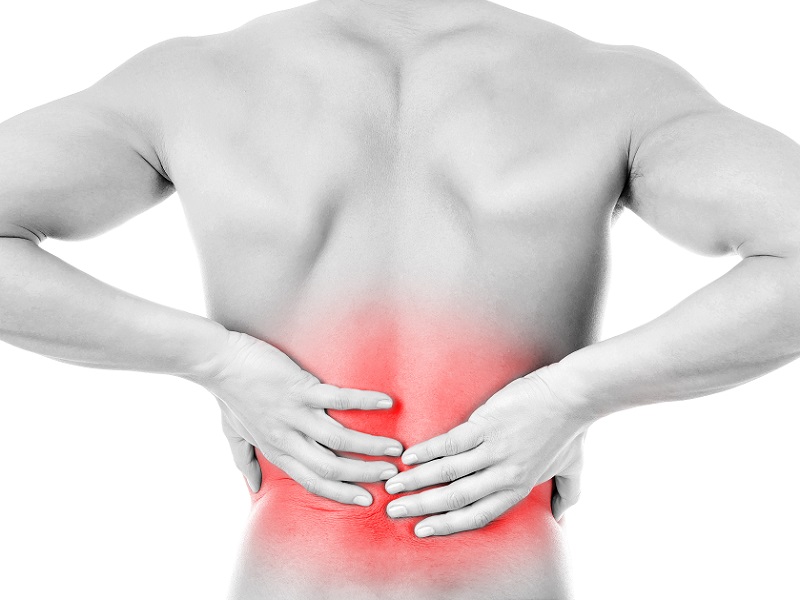Chronic lower back pain isn’t just a physical ailment—it’s a complex experience influenced by biological, psychological, and social factors. At our clinic, we embrace this biopsychosocial perspective, recognizing that effective treatment must address the whole person, not just the painful spine. Our comprehensive approach combines therapeutic interventions with strategies that acknowledge how thoughts, emotions, and life circumstances affect recovery.
The Biological Foundation
Our treatment begins with evidence-based physical interventions that target the biological aspects of pain:
- Exercise therapy builds core strength and flexibility while promoting the release of natural pain-relieving endorphins
- Manual therapy addresses tissue restrictions and improves mobility, sending positive signals through the nervous system
- Dry needling disrupts pain signals and reduces inflammation at trigger points
- Spinal manipulation restores alignment and function to vertebral joints
These approaches work together to modify the physical pain pathways, but they represent only one dimension of effective care.
The Psychological Component
Pain perception is profoundly influenced by mental and emotional factors. Our therapists integrate psychological strategies including:
- Pain neuroscience education to help patients understand how the brain processes pain signals
- Mindfulness techniques to reduce anxiety and catastrophic thinking about pain
- Cognitive-behavioral approaches to develop positive pain coping mechanisms
- Goal-setting that focuses on functional improvements rather than pain elimination
By addressing the psychological aspects of pain, patients gain confidence and control over their condition, often reporting decreased pain intensity even when physical symptoms haven’t completely resolved.
The Social Context: Understanding Stress and Pain
Pain exists within a social context, with stress playing a pivotal role in the chronic pain experience. Research consistently demonstrates that stress—whether from work pressures, financial concerns, or relationship difficulties—directly amplifies pain perception and prolongs recovery. Our approach recognizes this critical connection:
- Physiological impacts: Chronic stress triggers inflammation and muscle tension, directly exacerbating back pain. We help identify stress-related muscular patterns and develop strategies to interrupt this cycle.
- Stress in daily environments: Work deadlines, caregiving responsibilities, and social obligations can create persistent stress that maintains pain. We work with patients to identify these stressors and develop practical management techniques.
- Socioeconomic stressors: Financial strain, healthcare access difficulties, and job insecurity create background stress that can significantly worsen pain experiences. Our team connects patients with appropriate resources and develops treatment plans sensitive to these realities.
- Social isolation: Chronic pain often leads to withdrawal from social activities, creating isolation that increases stress and worsens pain. We emphasize rebuilding social connections as a crucial component of pain management.
By addressing these stress factors alongside traditional physical therapy approaches, we help patients break the stress-pain cycle that often perpetuates chronic lower back pain.
Integration for Lasting Relief
What distinguishes our approach is the seamless integration of these dimensions. Rather than treating them as separate components, we recognize their constant interaction. A patient who understands their pain (psychological), effectively manages stress (social), and engages in appropriate exercise (biological) experiences synergistic benefits that exceed the sum of individual interventions.
Experience the difference a biopsychosocial approach can make in managing chronic lower back pain. Contact our clinic today to begin your journey toward comprehensive healing that addresses not just your spine, but your whole life experience.

